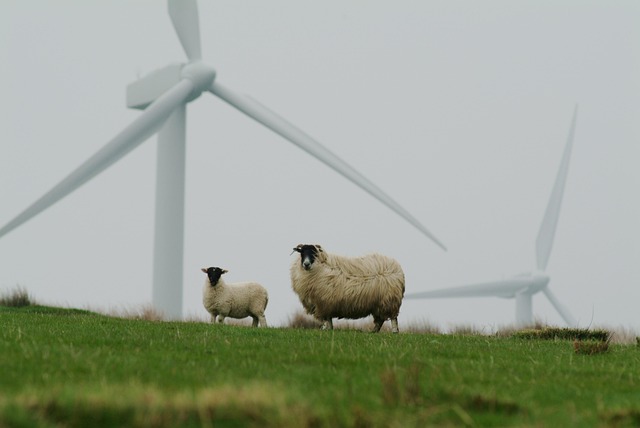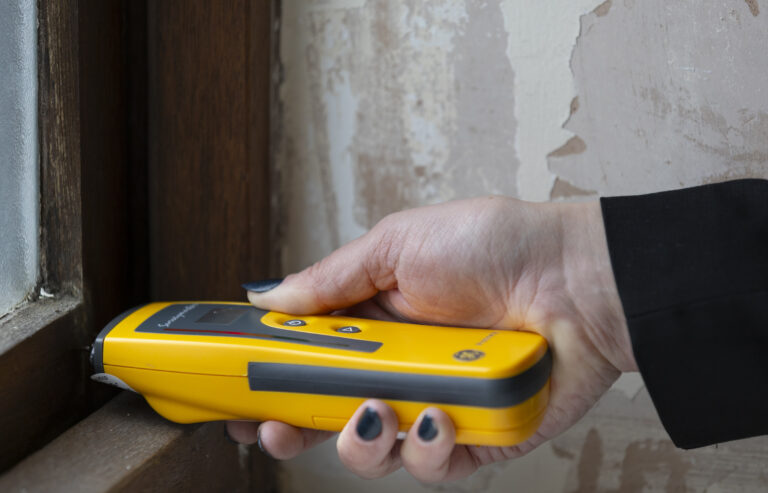How Wind Turbines Are Valued for Business Rates: A Guide for Developers and Landowners
Wind energy is a rapidly growing sector in the renewable energy industry, providing clean power and economic benefits across the UK and beyond. However, like other forms of commercial property, wind turbines are subject to business rates—taxes levied on non-domestic properties. Understanding how wind turbines are valued for business rates is essential for developers, landowners, and investors alike. This article explores the valuation process, the factors that influence rates, and the implications for stakeholders.
How Are Wind Turbines Assessed?
Valuing wind turbines for business rates can be complex. The VOA uses two main valuation methods depending on who operates the turbine and how the energy is used:
Receipts and Expenditure (R&E) Method
This method is typically used when the turbine generates electricity for sale to the grid. It assesses the value based on the hypothetical rent a tenant might pay to operate the turbine, taking into account:
- Revenue generated (e.g., from energy sales, subsidies, or power purchase agreements)
- Operating costs (maintenance, insurance, administration)
- A reasonable profit margin
- Site-specific factors (location, size, access, grid connection)
This approach essentially estimates the net income the turbine could generate and uses that to calculate its Rateable Value (RV).
Contractor’s Method
Used more often for owner-occupied turbines or where there’s insufficient income data, this method estimates the cost of constructing a similar facility and then applies a decapitalization rate to reflect its annual value. This approach considers:
- Construction and installation costs
- Associated infrastructure (access roads, substation, grid connection)
- Depreciation and obsolescence
The result is then converted to an annual rental value, which becomes the basis for the business rates.
Factors Influencing Valuation
Several factors can significantly influence the Rateable Value of a wind turbine:
- Turbine capacity: Larger turbines with higher output usually have higher rateable values.
- Number of turbines: A single turbine on a farm will be assessed differently than a large wind farm.
- Ownership structure: Whether the turbine is operated by a utility, a private developer, or a landowner matters.
- Revenue generation: The more profitable the turbine, the higher the potential business rates.
- Grid connection and location: Remote locations or complex connections may reduce value due to higher operational costs.
Who Pays the Business Rates?
Responsibility for paying business rates typically falls to the party that benefits from the operation of the turbine:
If a landowner leases land to a developer, the developer is usually liable.
If the landowner operates the turbine, they will generally be responsible.
In shared ownership models, the party receiving income from energy sales is usually liable.
Reliefs and Appeals
Some reliefs and exemptions may apply, depending on circumstances:
Small Business Rate Relief (SBRR): In some cases, single turbines with a low RV may qualify.
Renewable energy incentives: Some schemes offer partial exemptions or rebates, especially if energy is used on-site.
Developers and owners also have the right to appeal their Rateable Value if they believe it is too high, particularly following a revaluation or if circumstances change (e.g., reduced output or turbine decommissioning).
Vickery Holman have experience in appealing the Rateable Value of turbines; please get in touch if you have any questions – [email protected].





